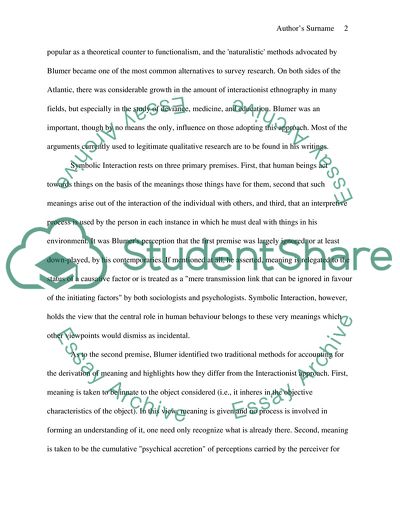Cite this document
(Symbolic Interaction: Perspective and Method Report Example | Topics and Well Written Essays - 2000 words, n.d.)
Symbolic Interaction: Perspective and Method Report Example | Topics and Well Written Essays - 2000 words. https://studentshare.org/sociology/1713516-contemorary-sociological-theory-2
Symbolic Interaction: Perspective and Method Report Example | Topics and Well Written Essays - 2000 words. https://studentshare.org/sociology/1713516-contemorary-sociological-theory-2
(Symbolic Interaction: Perspective and Method Report Example | Topics and Well Written Essays - 2000 Words)
Symbolic Interaction: Perspective and Method Report Example | Topics and Well Written Essays - 2000 Words. https://studentshare.org/sociology/1713516-contemorary-sociological-theory-2.
Symbolic Interaction: Perspective and Method Report Example | Topics and Well Written Essays - 2000 Words. https://studentshare.org/sociology/1713516-contemorary-sociological-theory-2.
“Symbolic Interaction: Perspective and Method Report Example | Topics and Well Written Essays - 2000 Words”. https://studentshare.org/sociology/1713516-contemorary-sociological-theory-2.


